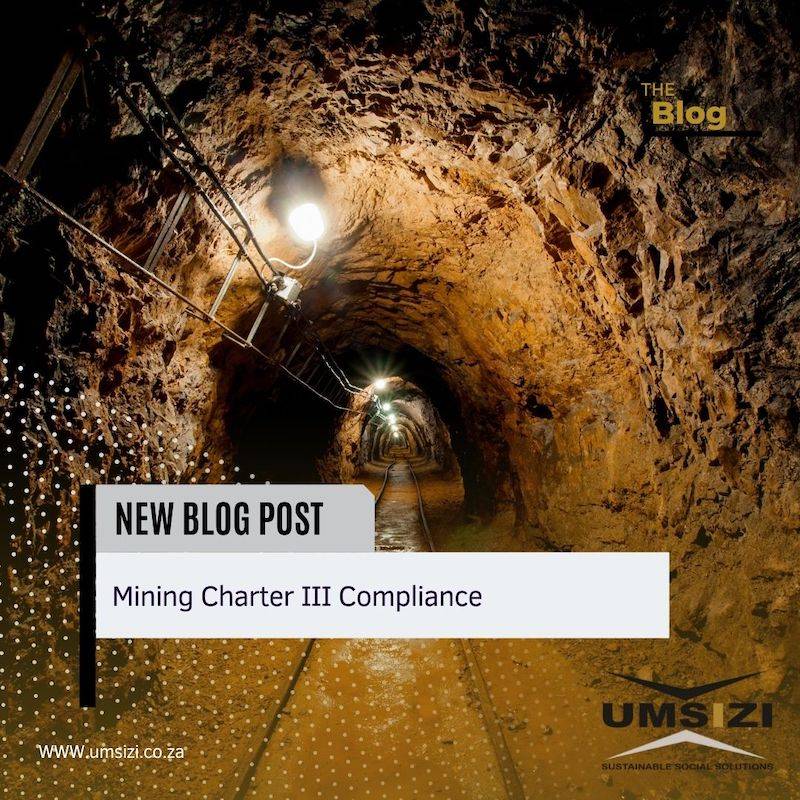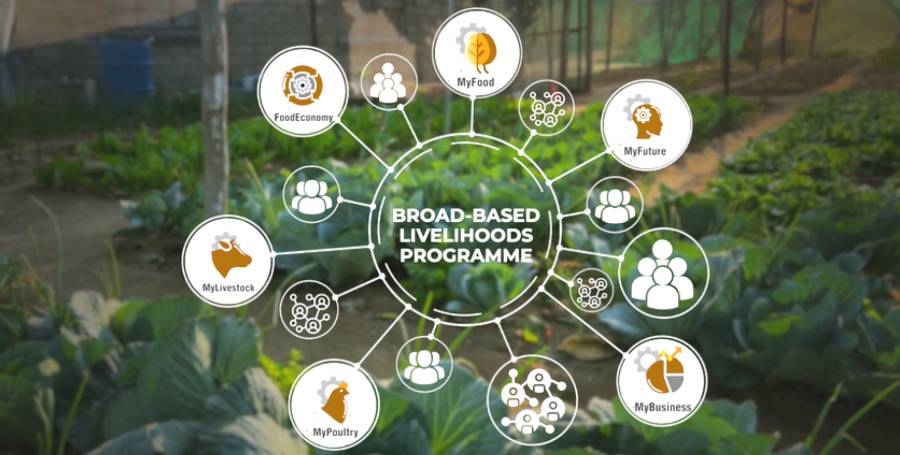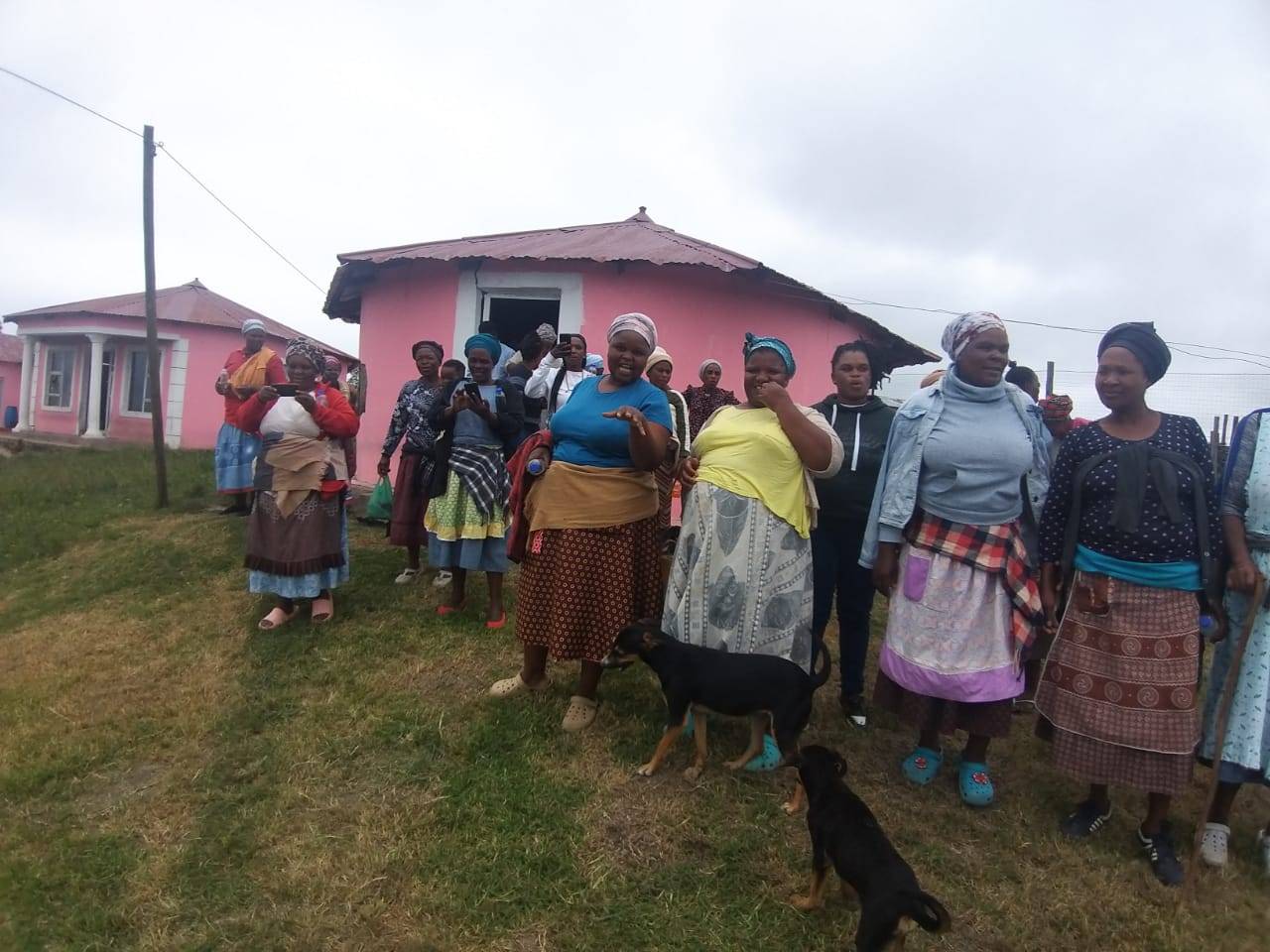Mining Charter III Compliance: Here’s What You Need To Know
The Department of Mineral Resources developed Mining Charter III with great ambitions: To ensure transformation in an industry which has demonstrable historical inequalities and difficulties; to protect and empower Historically Disadvantaged South Africans (HDSAs); and thereby to attract outsider investment to provide a revitalizing boost into the minerals sector of South Africa.
In this article we will look at the vital questions for those in the mining industry: How did the Mining Charter come about? What are the requirements of the Mining Charter for those seeking to gain, or retain, prospecting or mining rights? How can your company ensure compliance?
A Brief History of the Mining Charter
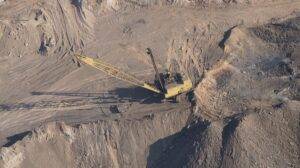 When South Africa became a democracy in 1994, it was clear that radical change was required in the mining industry. Mines had been previously allowed to place workers in harmful conditions without recourse, and HDSA groups received a skewed and inadequate benefit from the life of the mine. The Mineral and Petroleum Resources Development Act (MPRDA) of 2002 was established to address the previous inequalities, along with the publication of the first Mining Charter: a document which would ensure that companies were taking seriously the onus of achieving industry transformation.
When South Africa became a democracy in 1994, it was clear that radical change was required in the mining industry. Mines had been previously allowed to place workers in harmful conditions without recourse, and HDSA groups received a skewed and inadequate benefit from the life of the mine. The Mineral and Petroleum Resources Development Act (MPRDA) of 2002 was established to address the previous inequalities, along with the publication of the first Mining Charter: a document which would ensure that companies were taking seriously the onus of achieving industry transformation.
Simply put, without compliance to the requirements of the Mining Charter, the Department of Mineral Resources (DMR) would not issue mining permits to companies intending to mine South Africa’s mineral resources.
The Mining Charter was revised in 2010, and the third iteration was implemented in 2018.
Essential Components of Mining Charter III
The Mining Charter covers seven essential components in its pursuit of industry transformation:
Ownership
This component seeks to ensure that there is sufficient Black ownership of all mining enterprises. To achieve prospecting rights, new companies would require 50% shareholding among Black persons. To secure mining rights, the requirement would be 30% Black owned shares. There are requirements set forth in the Charter that these owners would have voting rights corresponding to the level of ownership as well.
Mine Community Development
With this component it was intended that host communities in which mining operations occur are not exploited by the mining companies. Socio-Economic Development projects (such as our own Broad-Based Livelihoods programme) would be required to benefit the communities, including Enterprise Development. This component also looks at the mining right holder’s investment into infrastructure for the communities.
The concern here is also for the livelihoods of community residents once the life of the mine reaches its completion and shuts down. There needs to be measures in place to avoid dependency on the mine which will naturally reach the end of production at some point in the future. Community residents must be empowered to continue to provide for themselves if the mine no longer exists.
Procurement
Here the Charter seeks to ensure that the supply chains supported by the mines are also benefiting HDSAs. Goods and services need to be locally sourced from Black owned and Broad-Based Black Economic Empowerment (BBBEE) compliant companies. There are specific requirements for the ownership structure of suppliers, including Black Women-Owned and Black Youth-Owned companies.
Beneficiation
Mining Charter III links beneficiation directly to ownership. Beneficiation refers to the process of achieving an improved ore product through removal of unwanted waste minerals. Section 26 of the MPRDA puts forth a prescribed minimum investment into beneficiation. Mining Charter III provides a “beneficiation offset” against Black ownership for contributing to beneficiation over and above the provisions of the MPRDA.
Housing and Living Conditions
The Mining Charter has stipulations for the living conditions for mine workers, many of whom are migrant workers. A full Housing and Living conditions plan is required when submitting compliance reports.
Human Resource Development
Mining companies are required to invest into skills development for HDSAs. Skills Development programmes are to be provided for their own employees, assisting them with viable career paths and real growth opportunities. These programmes are also to be made available for non-employee HDSAs.
Employment Equity
The Mining Charter is concerned with a fair representation of population demographics within the mines’ areas of operation. It also focusses on including Black Females in their employment strategies.
Each of these components provides a percentage toward the Mining Charter scorecard of any given mining company. To be recognised by the DMR as compliant, a score of at least 60% is required.
Here’s The Thing: It’s Complicated
The requirements set forth in the Mining Charter are onerous. Even those with years of experience in the industry will find that achieving compliance with the Charter is a mammoth task comprised of hundreds of smaller steps, each with their own fine details. Umsizi is on hand to help. Our team of industry experts have the experience and acumen to provide effective consultation, and to make the right recommendations to ensure that mining companies go beyond merely checking the boxes of compliance, to achieving meaningful transformation throughout the industry.
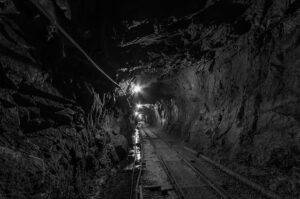
Furthermore, Umsizi has an excellent track record in stakeholder engagement. Where the Charter has been criticized for not consulting with community leaders and stakeholders, we are industry leaders in fostering meaningful engagement with workers and community residents on the ground. Our solutions ensure that sustainable and positive relations are fostered to the benefit of both the workforce and the companies themselves.
For assistance with Mining Charter III compliance, and all mining-related socio-economic development (SED) projects, look no further than Umsizi. Together with our implementations partner STI, we have the partnership model which will ensure that you not only submit your Mining Charter III compliance reports on time and with peace of mind, but also that you and your company are achieving meaningful change and a better future for all South Africans.
Bibliography/further reading:
https://www.wits.ac.za/cals/our-programmes/environmental-justice/mining-charter/
https://en.wikipedia.org/wiki/Beneficiation


